6 clever ways to upcycle leftover decorating materials – to save money and be more eco-friendly
Using up leftover decorating materials can result in a more layered interior, too
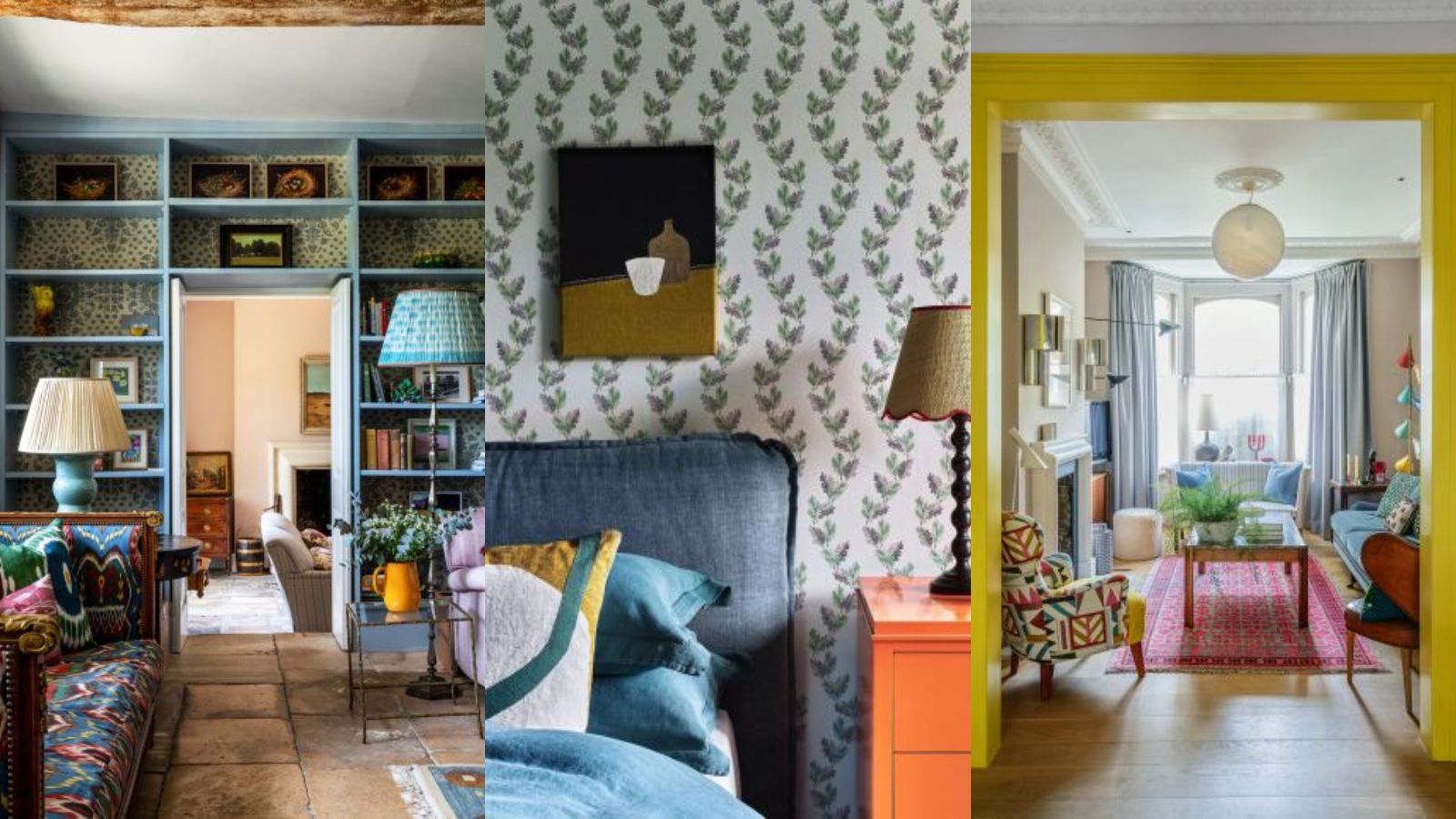

If you are brimming with decorating ideas and have a project underway or are about to start, you might wonder how you can incorporate eco decor into your project in order to cut down on waste.
Of course, eco home improvements can be achieved in all sorts of ways, from sourcing sustainable fabrics to investing in eco heating, but one of the simplest eco-friendly steps you take is to use up and repurpose unused decorating materials, which often take the form of offcuts.
'We have to start changing the way we use materials. We’ve got to stop feeling like we have infinite resources when they are finite. We should all be trying to minimize how much cutting we’re doing, because each time we create another smaller bit, we’re effectively minimizing its potential reuse,' says interior designer Maria Speake.
Below, we show you a few of Maria's and our favorite ways to use up decorating materials that would otherwise go to waste.
Maria Speake, along with Adam Hills, founded Retrouvius in 1993, the UK's destination salvage company. Maria creates incredible interiors for the Retrouvius design studio, which turns respectfully re-used materials to distinctive, contemporary ends in properties ranging from contemporary penthouses to a medieval priory.
1. Rethink where to use stone
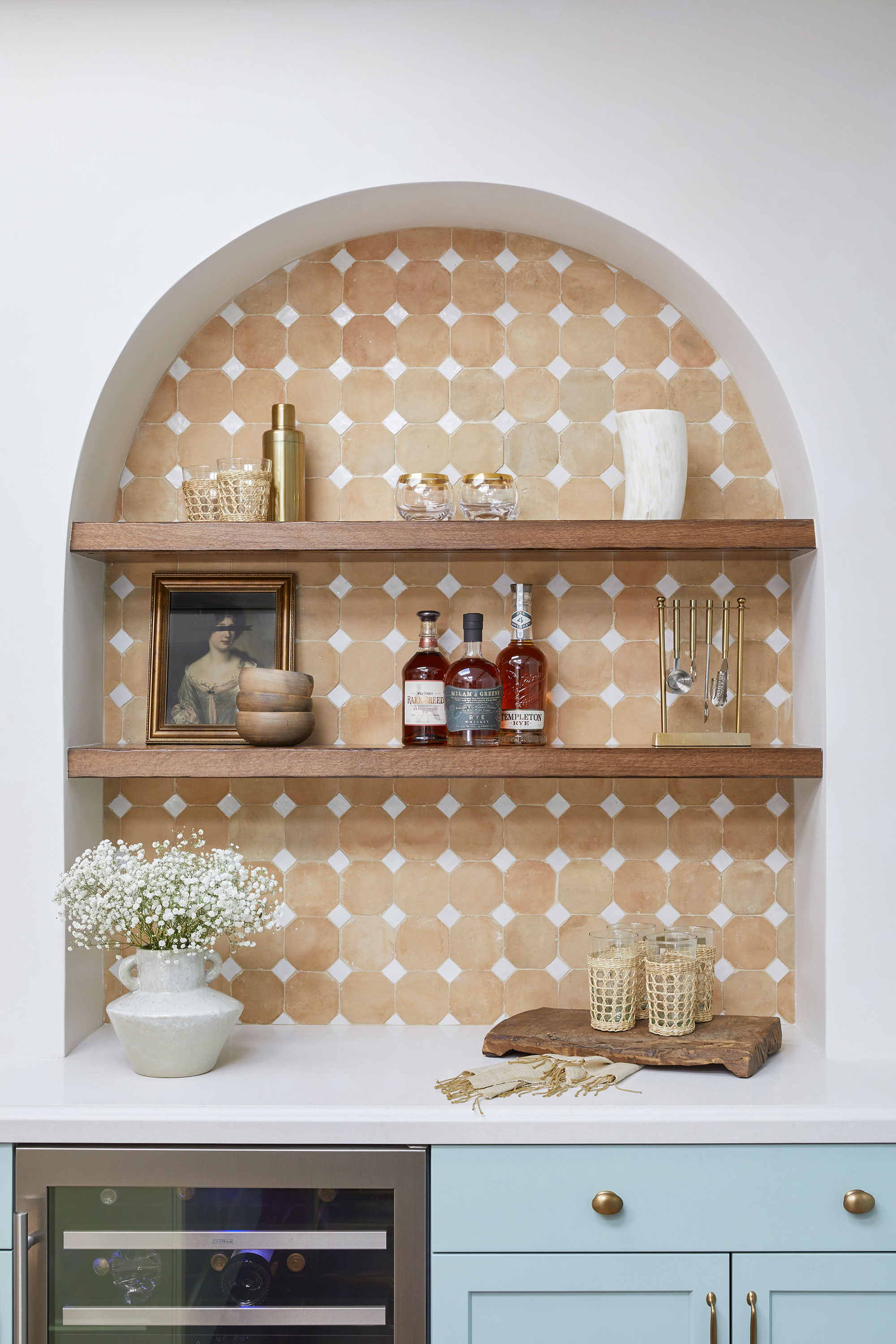
If you are looking for sustainable kitchen ideas, you can simply cut down on the stone offcuts created to make upstands for your kitchen countertop ideas, and to replace them with a more renewable source or simply do without them completely.
'Practical junctions – for example, the little upstands you have in the kitchen to hide the junction between the countertop and the wall – demand small pieces of materials, often a bit of timber or stone,' says Maria. 'My favorites to use are architraves, skirtings and kitchen backsplashes. Or, you can make sure that little offcuts of stone or marble are saved to make one of those small shelves by the hob where you can keep your olive oil or salt.'
2. Use up leftover paint cleverly

'Using eco paints in the first place is your most earth-friendly approach to tackling the paint ideas you have lined up for your decorating projects. But there is always paint leftover, which often goes to waste, and waste is waste' says Lucy Searle, Editor in Chief, Homes & Gardens.
'One way to use it up is to paint it into another room in just one area to create a flash of color that's both eye-catching and impactful. And if you have a whole house color scheme or a color thread running through the house, you can do so seamlessly.'
Interior designer Suzy Hoodless shows how its done in her living room with the door trim in a bright, citric yellow.
3. Make imaginative use of leftover tiles

When tiling, we are always told to order extra to account for breakages. But what to do with the extras you can't always return or the broken tiles? There are many clever options, from the stair treatment above to Maria's favorite option:
'Leftover tiles or tile offcuts can be easily inserted into joinery pieces – an easy way to jolly up a very boring closet door. They can be slightly inset or routed into wood or plaster. You can also do the same with pieces of mirror or stone, or contrasting timbers,' she says.
4. Repurpose unused timber flooring or cladding
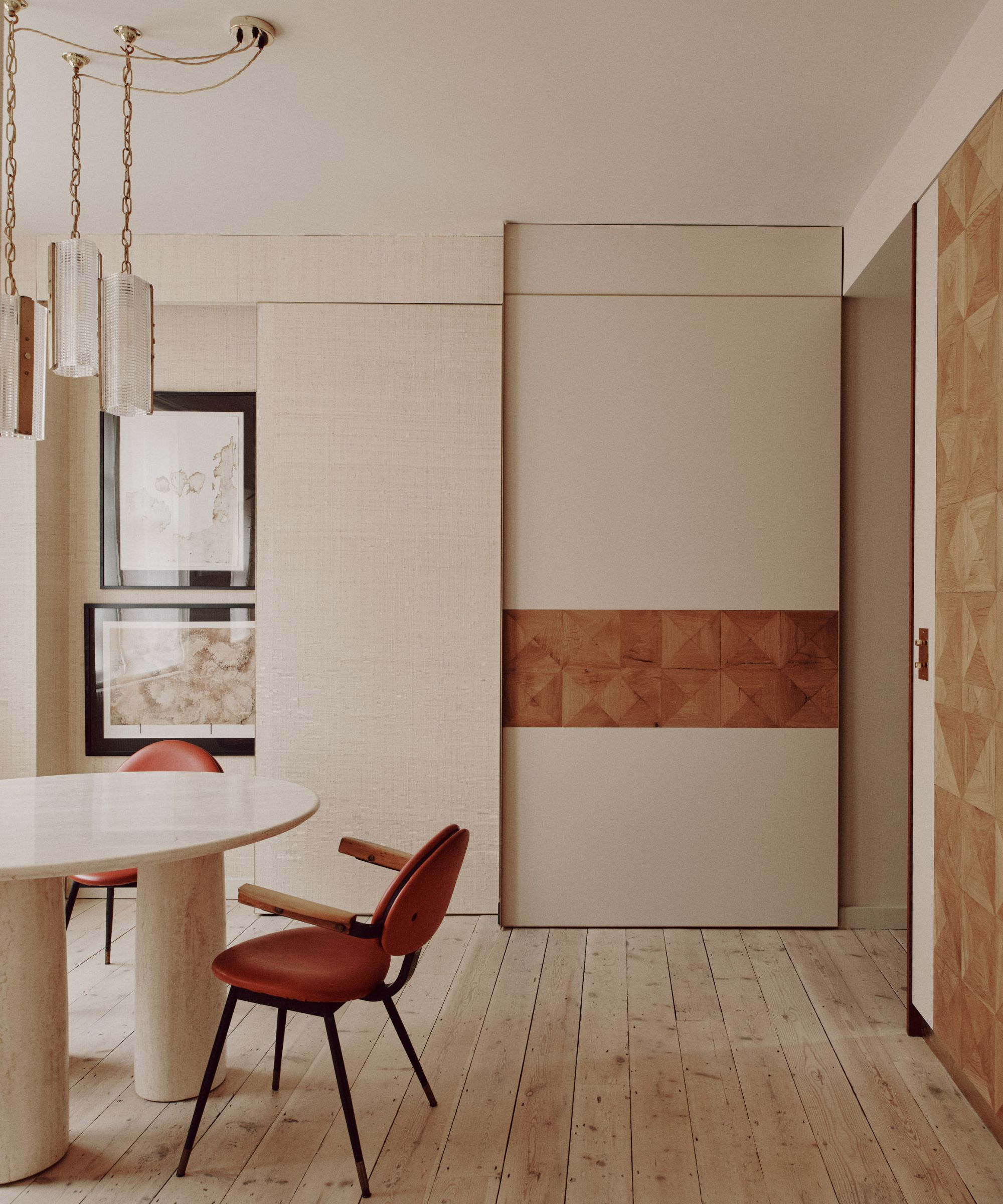
Laying wood floors? You will inevitably have timber leftover, which can be put to use in clever ways, from making new furniture to cladding or flooring small spaces that don't require much wood.
'One of the fun things we’ve been doing with leftover parquet is cutting it up quite thinly to use as almost light marquetry. We make decorative parquet panels to use as insets and the resulting geometrical effect is very interesting to look at,' says Maria.
5. Use up leftover wallpaper
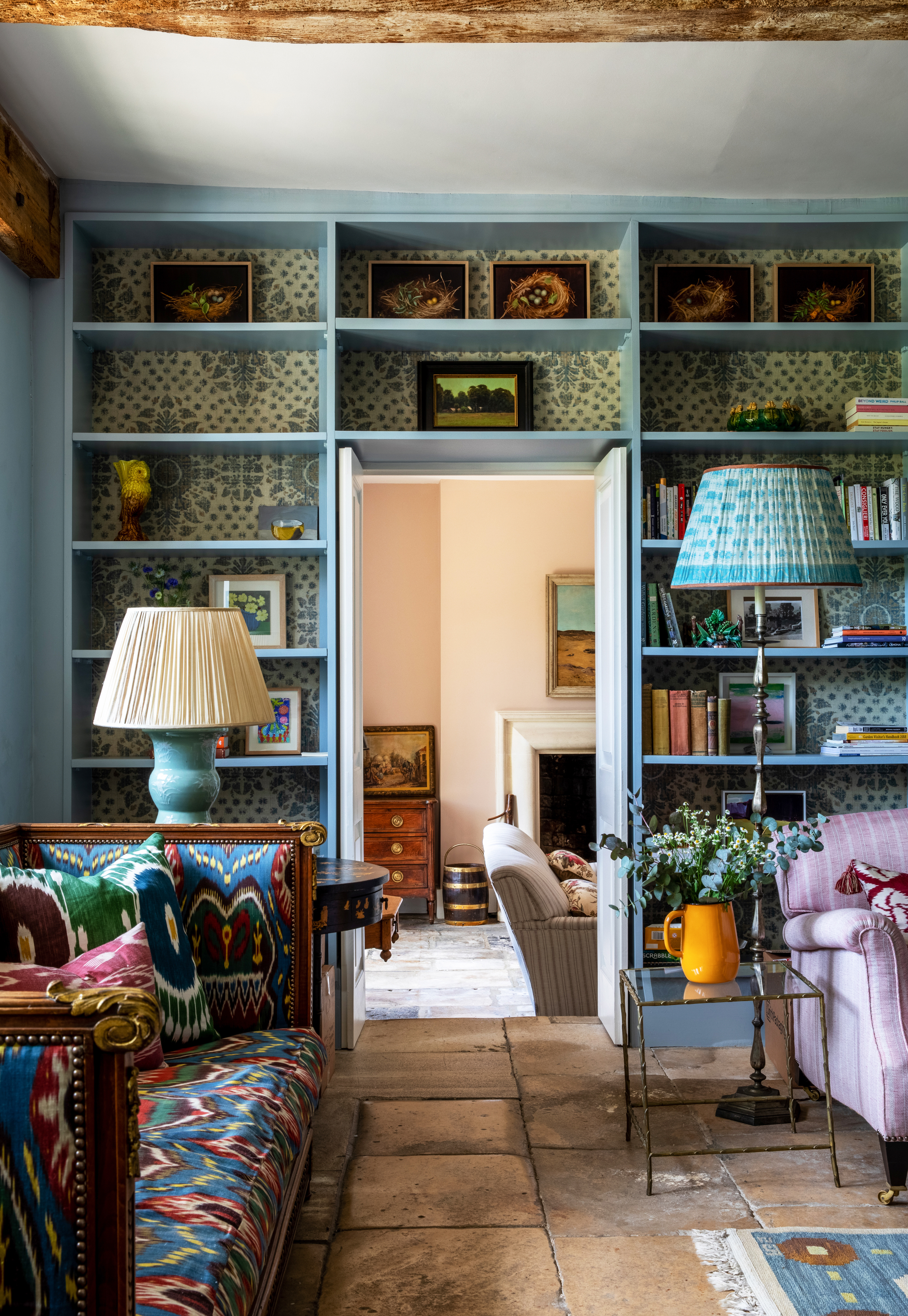
Your wallpaper ideas are unlikely to be inexpensive and it's terrible to see any paper going to waste. So, ask yourself, can you use the offcuts or the odd leftover roll or half-roll elsewhere in the house?
'It’s amazing how little of something you need to make a great impact. Wallpapers are a pretty obvious choice but you can have so much fun using them to line the back of bookcases or drawers.'
6. Repurpose fabrics – new or old
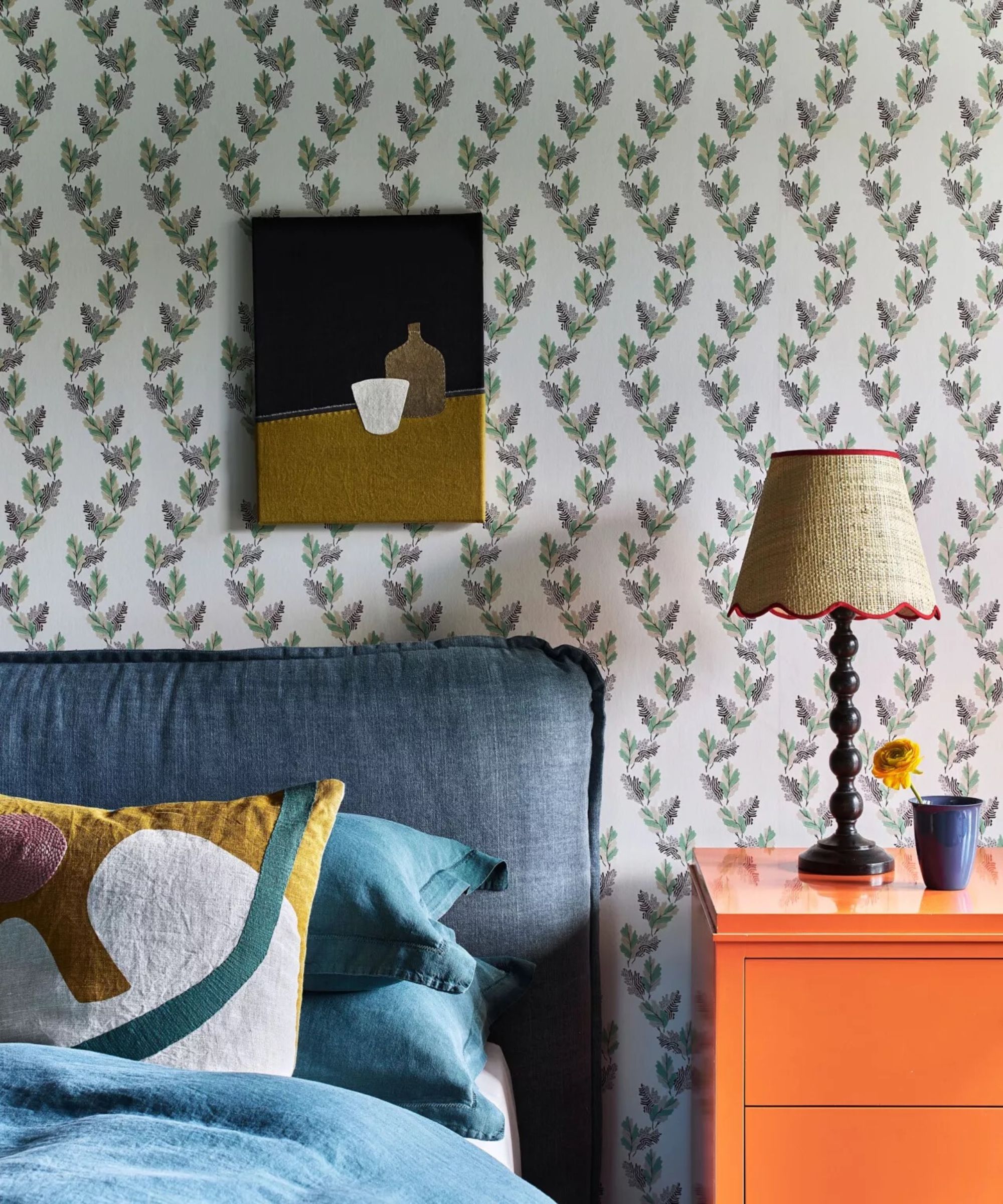
If you are replacing old curtains that you love, but perhaps one has become damaged or they're worn or faded in places, could you repurpose them elsewhere? Or perhaps you're looking to shop sustainably for your home by buying pre-loved fabrics that someone else has discarded?
Either way, there are plenty of ways to avoid buying new when you can rethink, from creating fresh new headboard ideas to adding a skirt to an open vanity shelving unit to simply making bowl covers.
What's the easiest thing to upcycle?
The easiest household item to upcycle is the simple glass jar. Mason jar craft is a good source of inspiration for ways in which glass jars can be reused. Think: rustic flower jars to craft and DIY material containers.
There are also many ways to re-purpose old pillows for useful new items in your home and garden.
Sign up to the Homes & Gardens newsletter
Design expertise in your inbox – from inspiring decorating ideas and beautiful celebrity homes to practical gardening advice and shopping round-ups.

Kate Burnett is a journalist and editor who has been writing about residential design and architecture for nearly 20 years. A former acting executive editor of Homes & Gardens and Livingetc, she has written for national newspapers and magazines including the Financial Times, Evening Standard and Sunday Times. A trained designer, she has also worked with leading architecture and design practices including dRMM and Keechdesign.
-
 I’m an HVAC technician, and this is when I turn my AC on each year – plus 5 checks I always do beforehand
I’m an HVAC technician, and this is when I turn my AC on each year – plus 5 checks I always do beforehandSave yourself an AC hassle by running my checks and turning it on before big heat hits
By Josh Mitchell Published
-
 This simple marble hack elevates my budget-friendly wooden kitchen countertops and prevents the dreaded water damage for way less than you’d think
This simple marble hack elevates my budget-friendly wooden kitchen countertops and prevents the dreaded water damage for way less than you’d thinkThis design trick looks expensive, solves a problem, and was the easiest decision I made during my kitchen reno
By Charlotte Olby Published
-
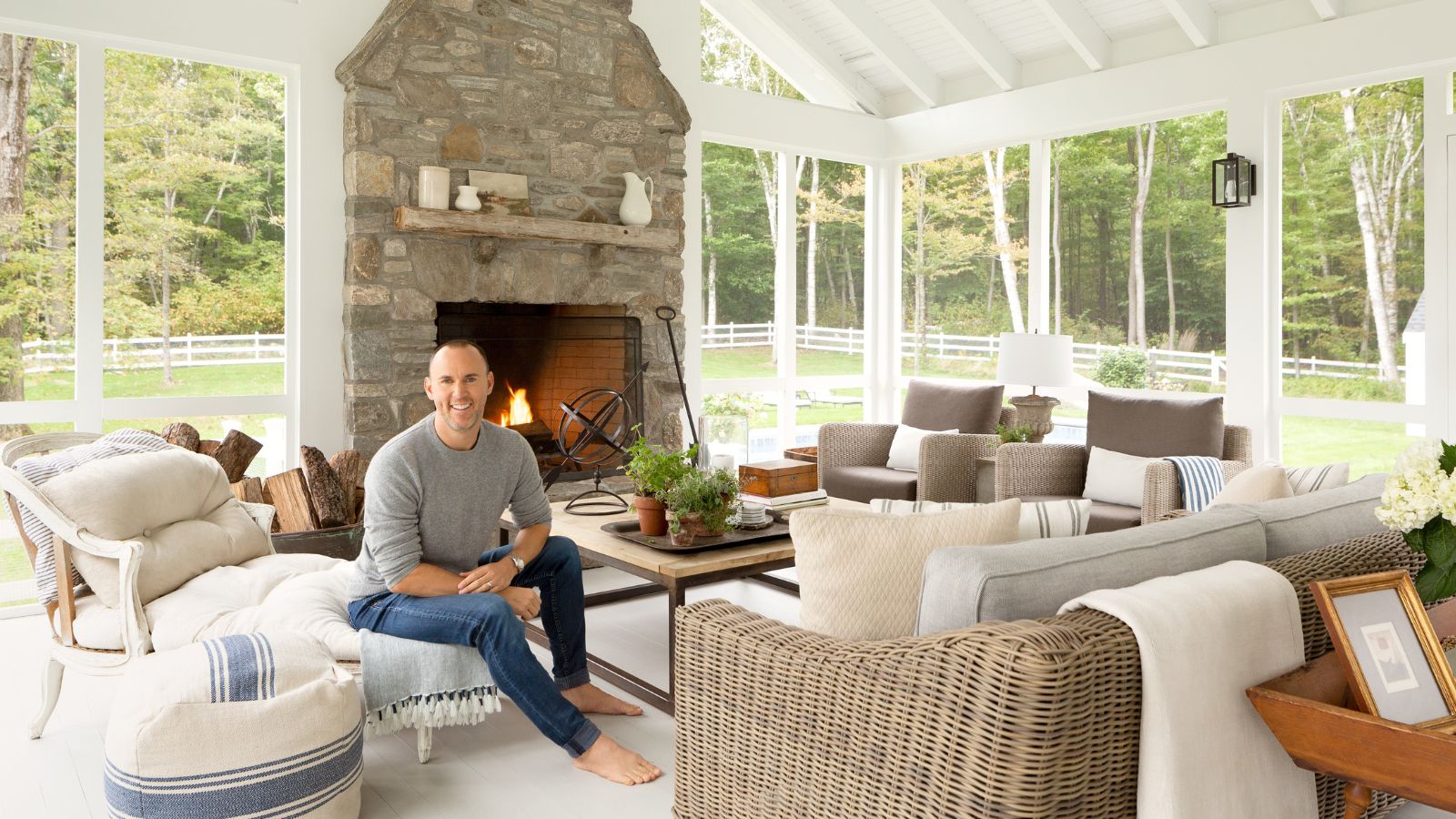 How I encourage my clients to make sustainable choices in their interior design
How I encourage my clients to make sustainable choices in their interior designAs an interior designer, I'm aware that I must push for sustainable decor whenever I can. Here, I explain four ways that anyone can be more sustainable with their choices
By Joshua Smith Published
-
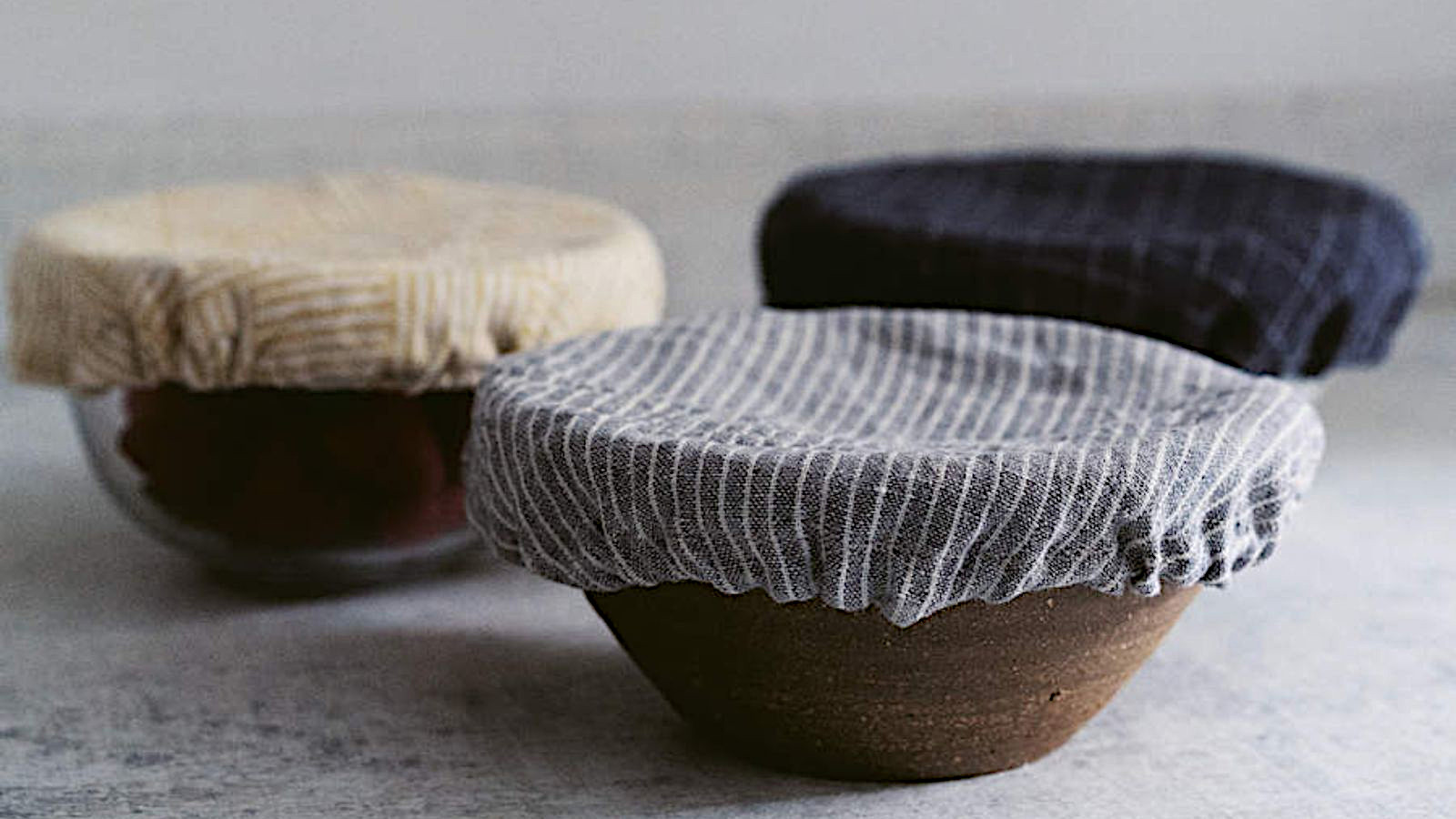 How to make bowl covers – easy steps with upcycled fabrics
How to make bowl covers – easy steps with upcycled fabricsMaking bowl covers will mean no more covering food with plastic, and pretty-looking bowls on the countertop
By Lucy Searle Published
-
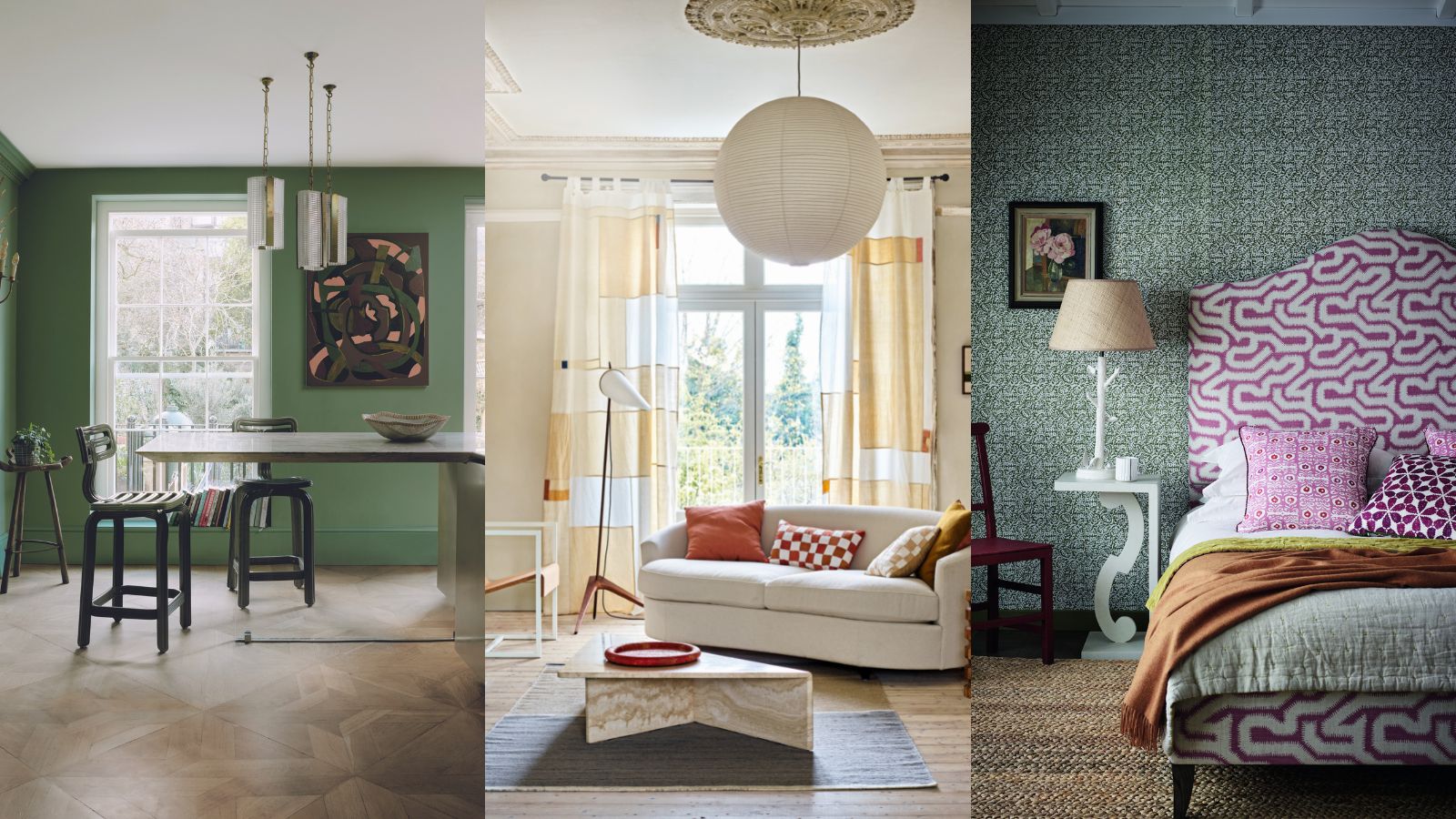 Eco decor – 10 beautiful, sustainably-designed room ideas
Eco decor – 10 beautiful, sustainably-designed room ideasThere is an alluring organic luxury about these eco decor schemes – all crafted with pieces focused on being natural
By Kiera Buckley Jones Published
-
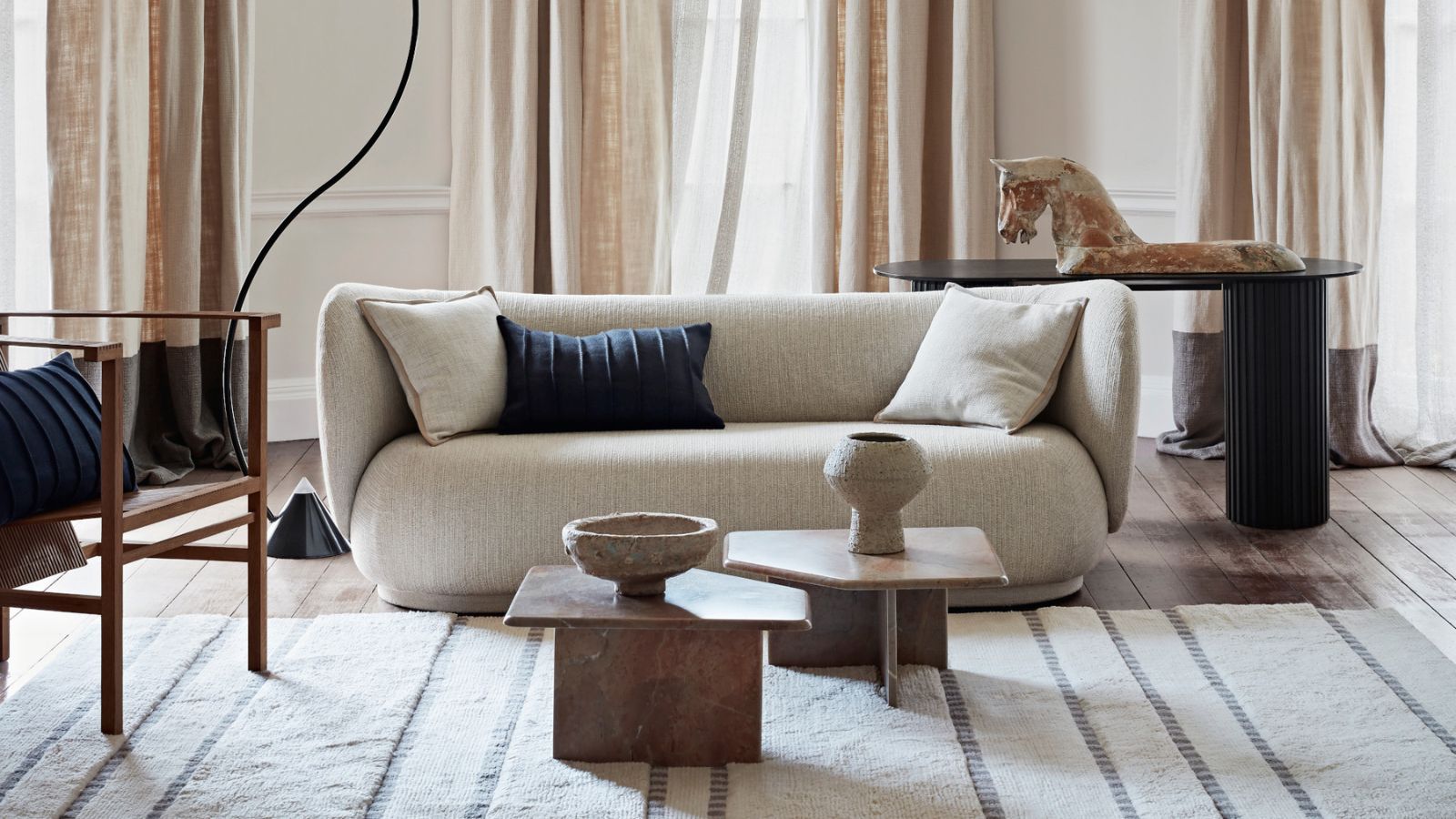 British Style: de le Cuona
British Style: de le CuonaWe find out more about fabric firm de Le Cuona and its landmark range of organic, fully traceable linen
By Arabella Youens Published
-
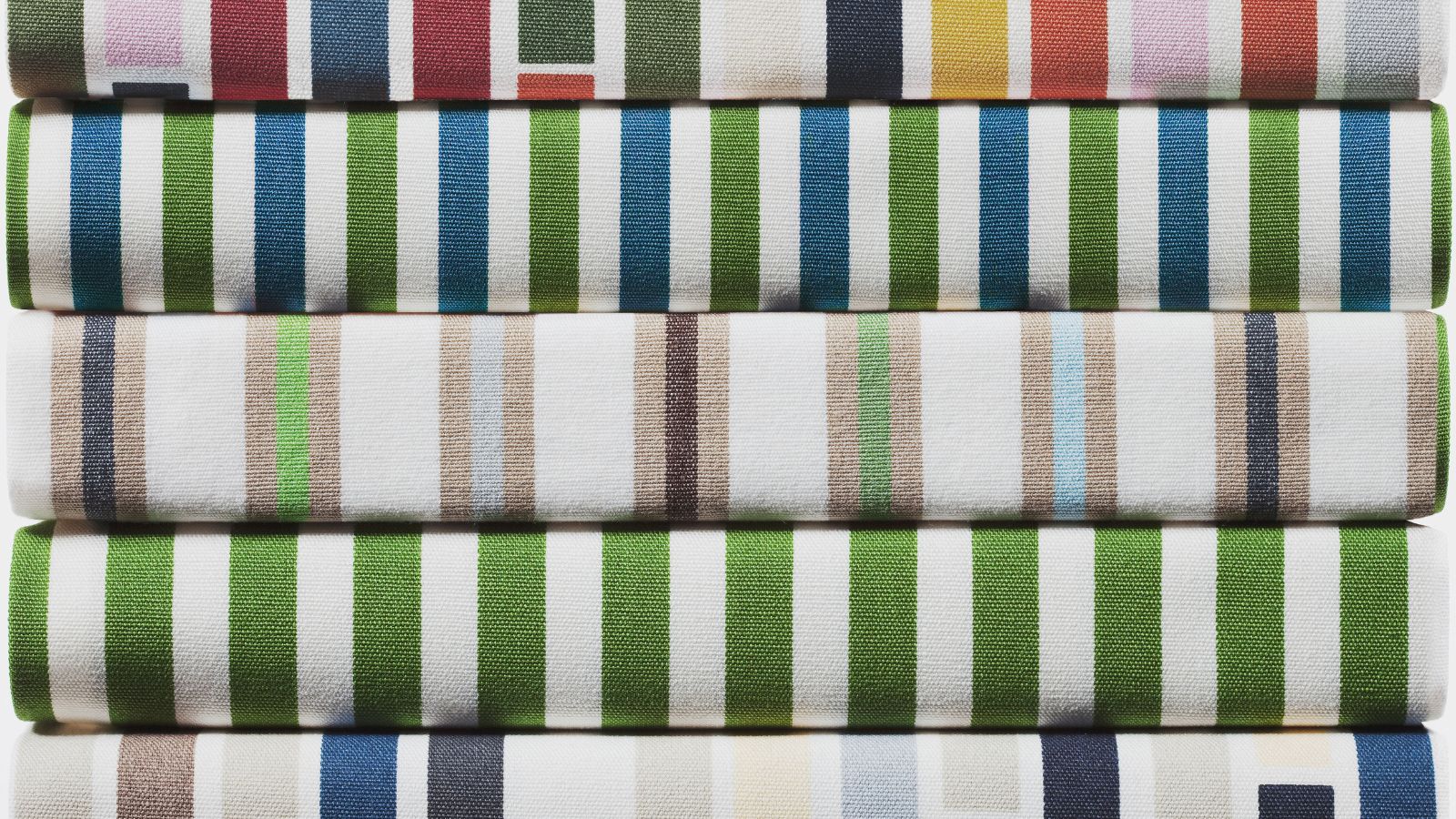 Sustainable fabrics – the fibers to look for and questions to ask
Sustainable fabrics – the fibers to look for and questions to askRecycled textiles expert Jules Haines advises buying sustainable fabrics for your interiors project
By Lucy Searle Published
-
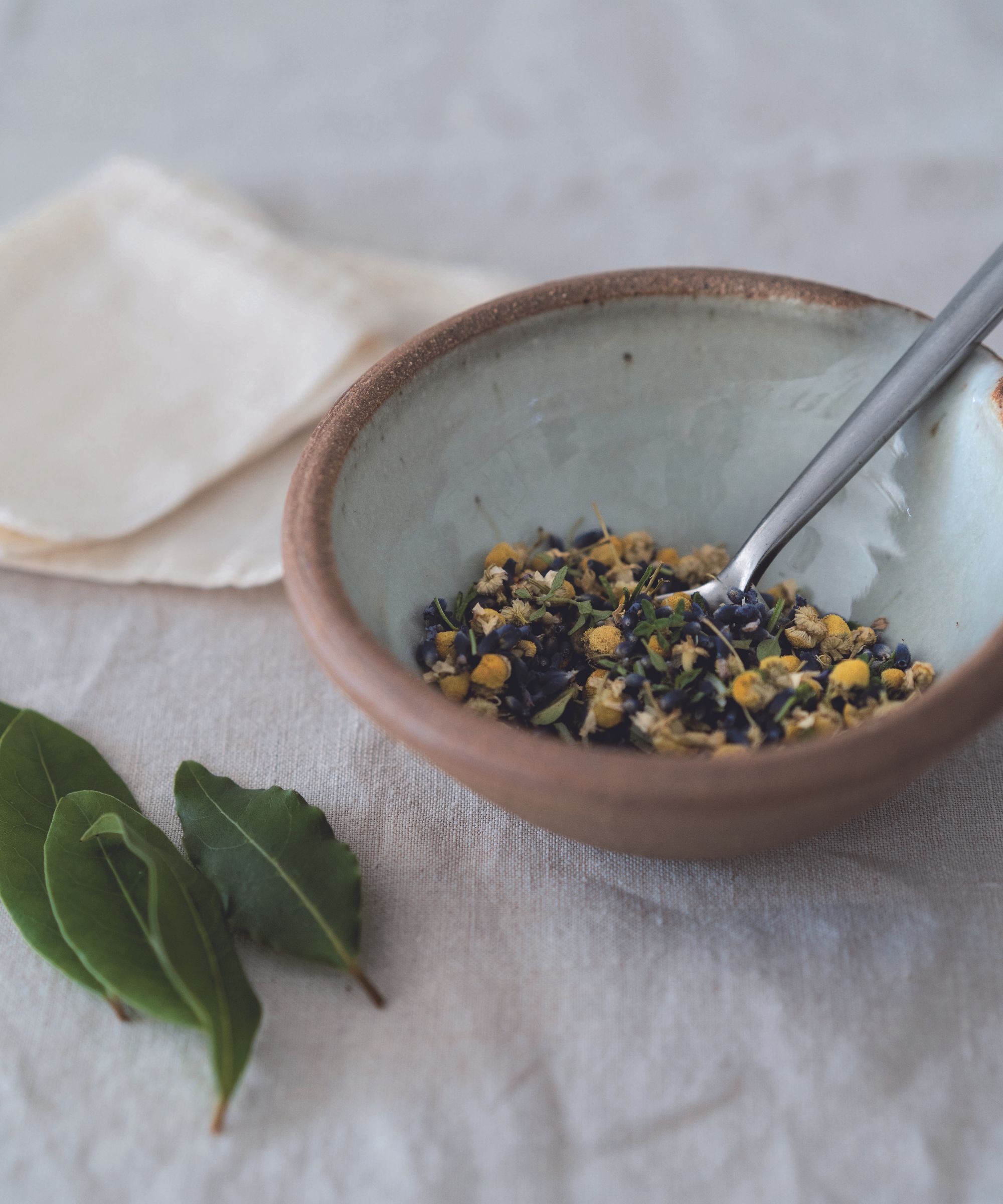 Homemade moth repellent – get rid of moths, naturally
Homemade moth repellent – get rid of moths, naturallyYou can make your own moth repellent using herbs and essential oils. It's easy to do and more sustainable than products sold in-store
By Lucy Searle Published
-
 How to make laundry detergent – a recipe for eco-friendly washing powder
How to make laundry detergent – a recipe for eco-friendly washing powderAuthor Jen Chillingsworth shows how easy making your own laundry detergent at home is – and you can add essential oils to create a fragrance unique to you
By Lucy Searle Published
-
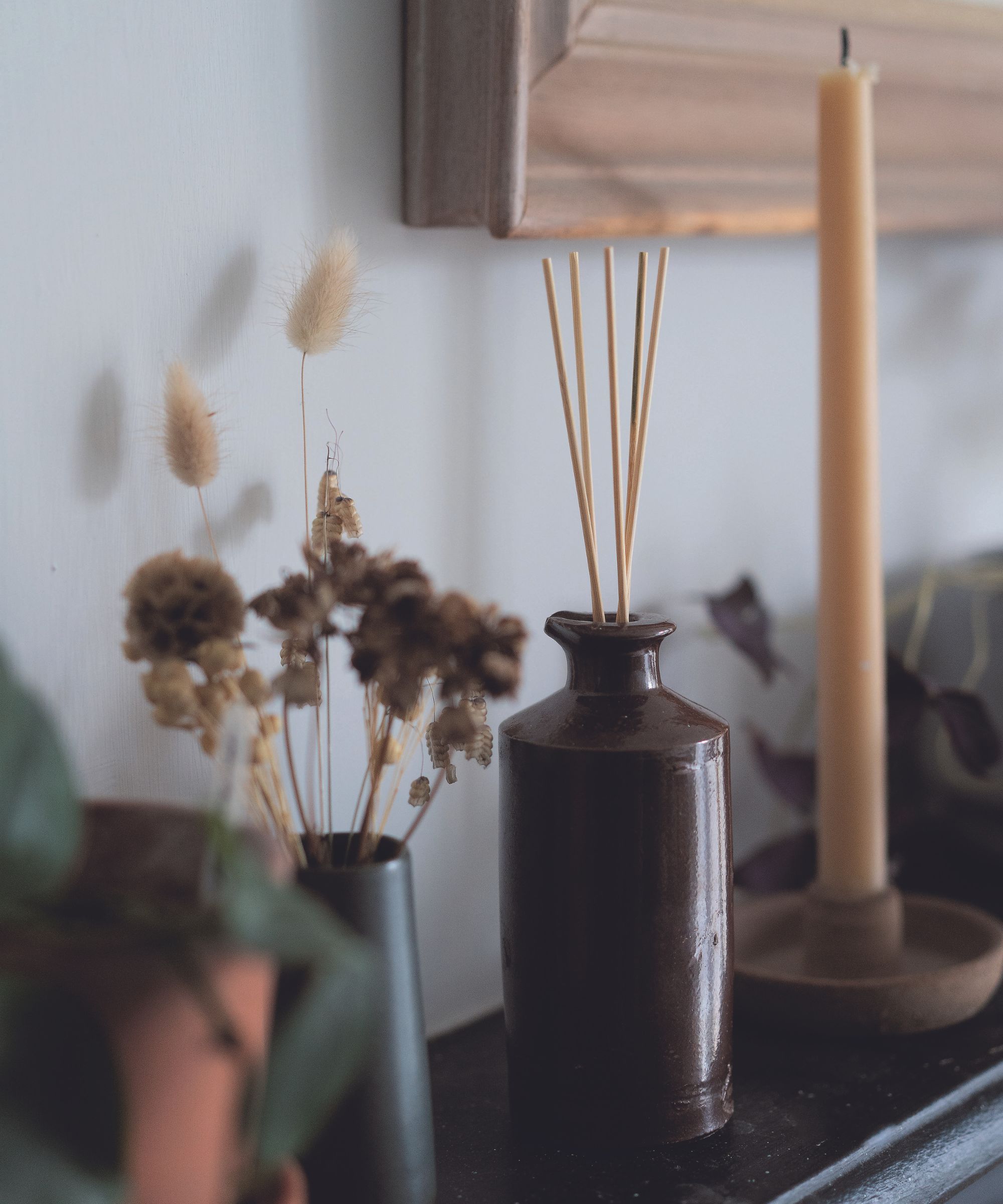 How to make a reed diffuser – with essential oils
How to make a reed diffuser – with essential oilsIt's really easy to make a reed diffuser yourself. Here, author Jen Chillingsworth tells us how, including how to make reed diffuser oil
By Lucy Searle Last updated